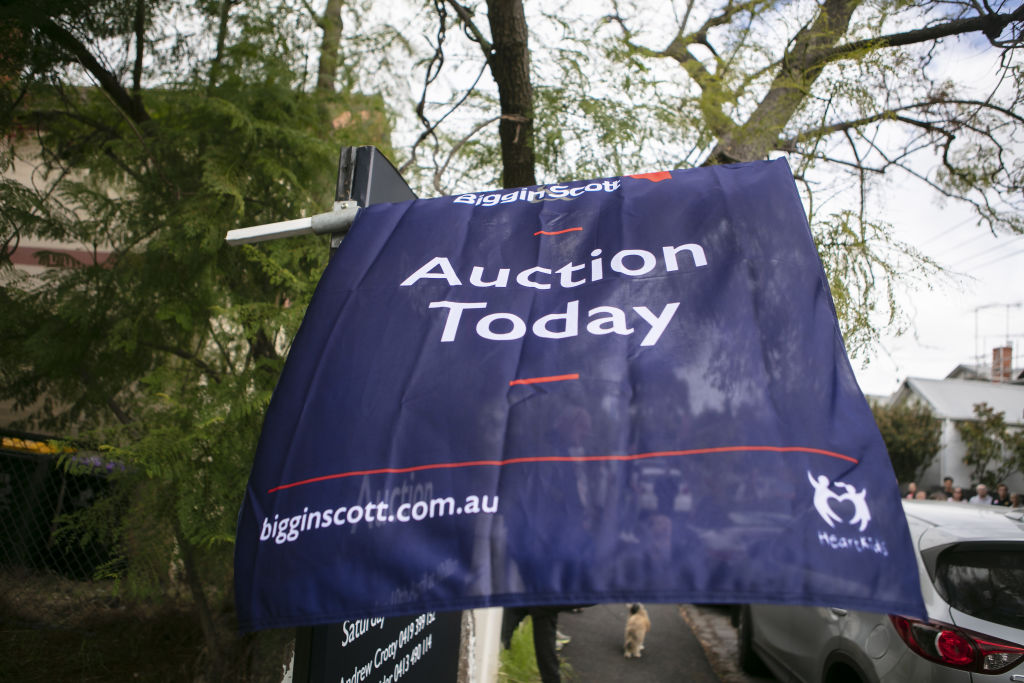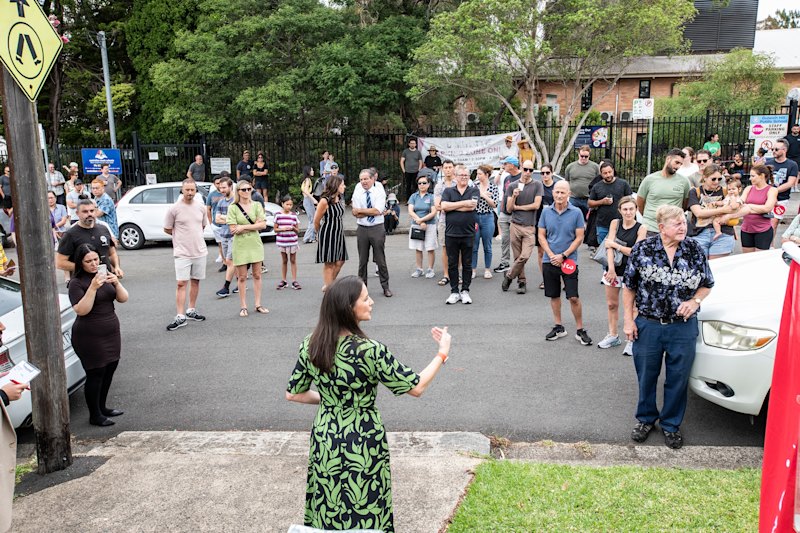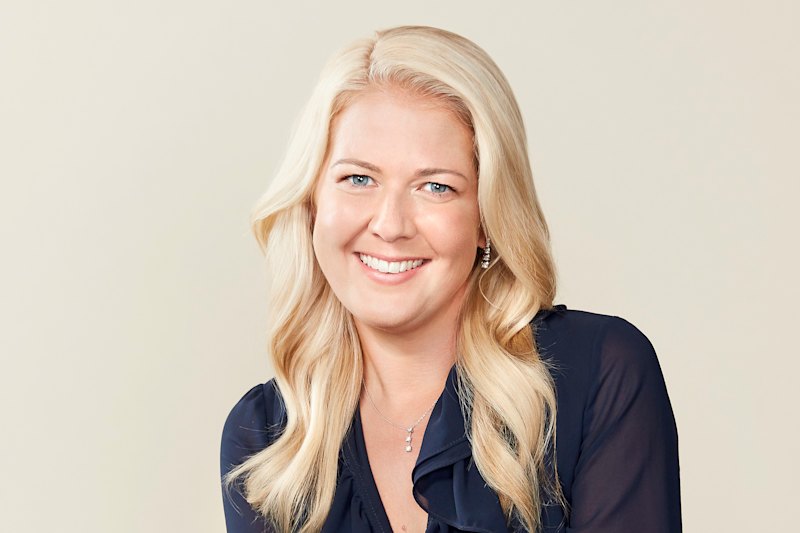‘It’s not black and white anymore’: Why are homes in Canberra passing in at auction?

Canberra’s auction clearance rates have increased slightly following six months of decline, but a large percentage of homes are still being passed in at auction.
According to the Domain Auction Report – August, Canberra recorded a 55.2 per cent clearance rate for the month, which was a 1.3 percentage point increase from the month before.
However, this time last year Canberra’s clearance rate was 83.3 per cent, 28.1 percentage points above where it is now.
Out of the 315 homes listed for auction in August, only 160 successfully sold under the hammer, and 103 were passed in. The remainder were sold prior to auction (12.4 per cent) or were withdrawn (9.3 per cent).
David Stokes of Blackshaw Manuka said the current need for buyers and sellers to meet somewhere in the middle is a contributing factor causing clearance rates to decrease.

“With an overall shift in market conditions, both buyers and sellers are adjusting to the new norms regarding pricing and interest,” he said.
“What we … are seeing is a market returning to steady conditions, and naturally, this will affect clearance rates.”
“In some instances, sellers are having to adjust their asking price in order to achieve a sale for their property.”
The need for sellers to adjust sale prices for buyers comes with a need to understand what an auction will likely produce for each property, Stokes added.
“The type of property being sold and the price point that it falls in are both critical factors in deciding whether an auction is best,” he said.
“Auctions can be a safer option to ensure a correct market price, and moving forward, I believe auctions will continue to have value for sellers looking to understand the market for their home.”
The transition from the boom of the pandemic market is responsible for the significant drop in clearance rates and more homes passing in, according to AMP Capital chief economist Shane Oliver.
“What has happened since the boom is that the market got overheated, we ended up with poorly affordable property, and interest rates had started to rise,” he said.
The change in the market came as people began to move away from the needs of lockdown to a more normal life rhythm, he added.
“The desire to live in a home rather than a unit, to live in a regional centre rather than a city, or to upsize for comfort … that sort of spending declined,” he said.
“But the biggest factor since has been the Reserve Bank hiking interest rates, that has really scared buyers.”
On Tuesday, the Reserve Bank of Australia announced it would lift interest rates by a further 0.5 of a percentage point, bringing the cash rate to 2.35 per cent.

Despite August’s clearance rate dropping significantly from the last year, agent Samuel Thompson of LJ Hooker Manuka said auctions are still “a process to extract the best outcome” even if homes pass in.
Thompson said it makes way for a new strategy that is just as successful as auctions themselves.
“I find there is a significant days-on-market difference between something listed as a private treaty compared to homes that have passed in,” he said.
“If for whatever reason the auction doesn’t produce a sale, that’s okay; what it creates is an unconditional negotiation platform.
Negotiations always come with the possibility of compromises, but they can still produce the desired result, Thompson added.
“With a strong marketing campaign, and with the right property and education of the seller, there are still properties being sold that have been passed in, with some great results,” he said.
“When taking a property to auction, it’s not black and white anymore; it’s a strategy which, as a business and an individual seller, you need to understand when listing a property.”
We recommend
States
Capital Cities
Capital Cities - Rentals
Popular Areas
Allhomes
More









